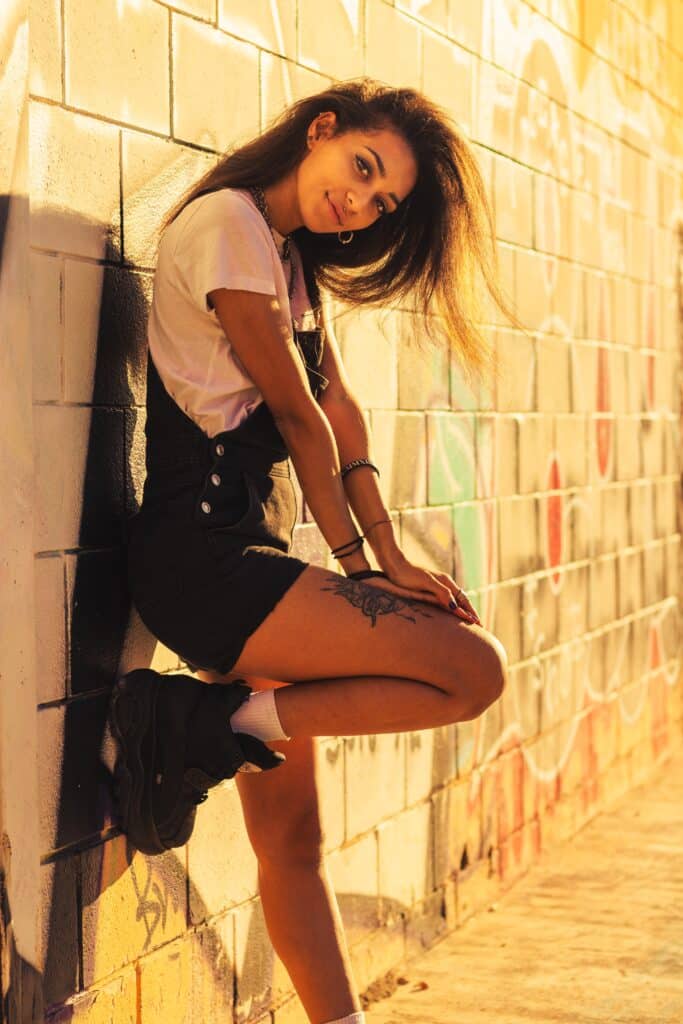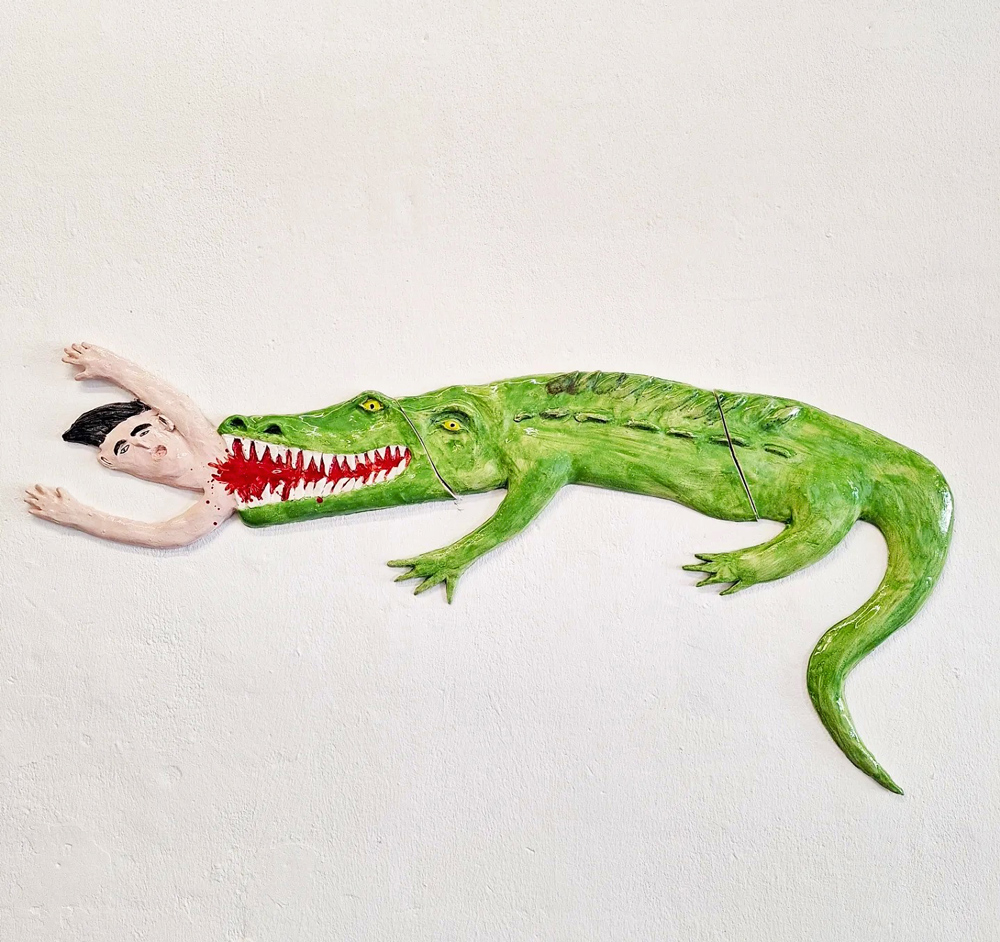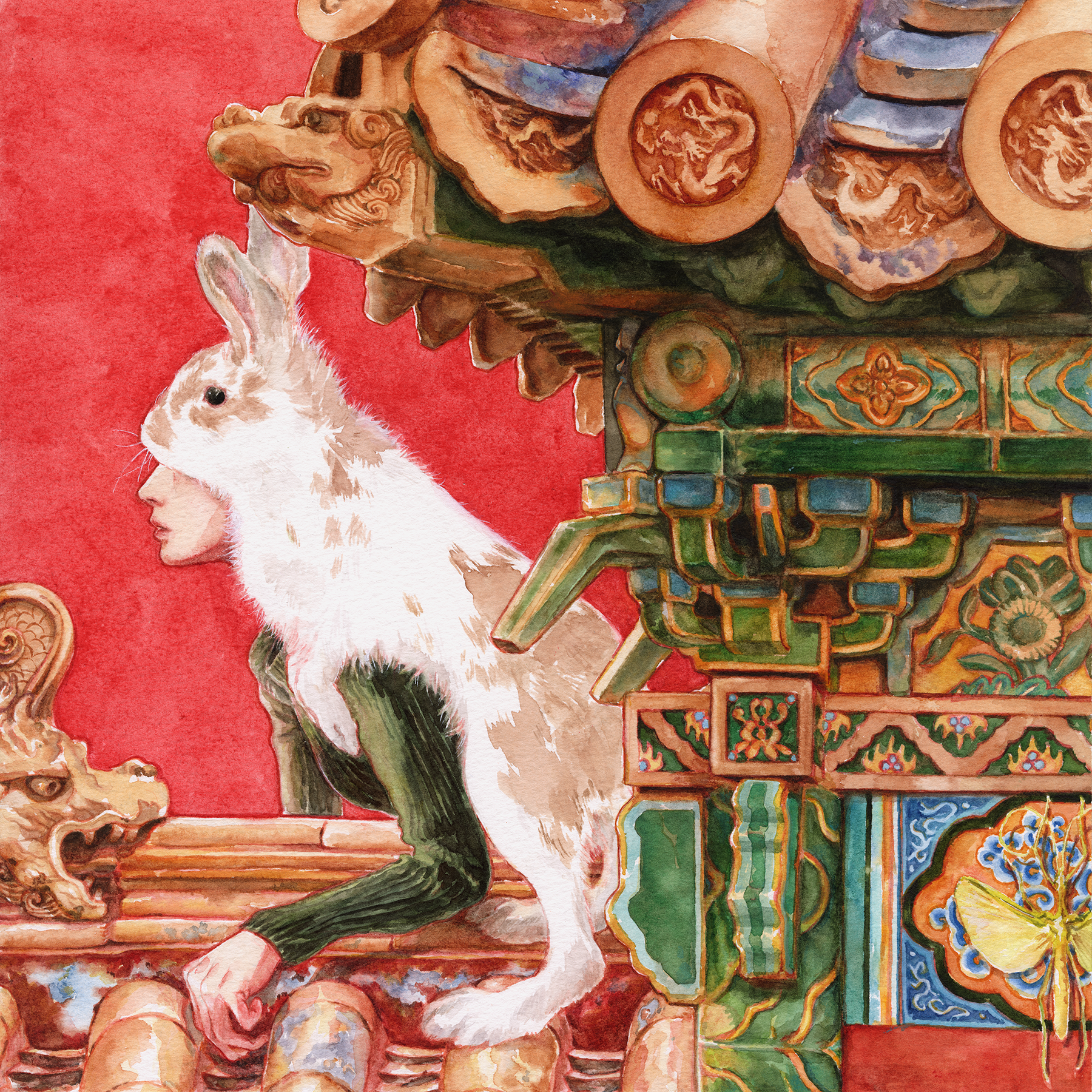Creating the perfect pose for your models and subjects also helps posture your signature photography brand and build your business. It’s not quite as simple as building a comfortable rapport with your models and verbally motivating them to strike their own best pose. That is part of the process, and you might be fortunate to have a subject who just knows how to work the camera. But if you know the basic geometry, mechanics and composition of great poses, your session is more likely to succeed and make your clients happy.
Poses for your photography specialty.
Most model poses fall into five different categories: commercial, corporate, fitness, glamor, and fashion. Whether your session is for a CEO headshot, a professional athlete, or a runway model, there are a few basics that apply across all genres. If your models are experienced pros or people in everyday life, certain steps should be undertaken to set the stage.
Get comfortable: help your models feel comfortable and it will show in the final frames. In your own studio, this is easier to control with comfy chairs, decor, pleasant lighting and scents. If you are in a different setting or on location, you can still help your subjects feel at ease with folding chairs or blankets so they can relax while you get set.
Get to know each other: small talk and a friendly smile will help put your models at ease. Gauge their level of comfort or hesitance before the shoot and do what you can to help them feel natural. Let them know that, together, you will be trying a few different poses and build a level of mutual trust.
Start simple: you might have a unique or edgy pose in mind for the ultimate shot, but start slow and work up to it. From the following list of poses, choose the most natural for your subject to start, then gradually try some different angles. Even the most experienced photographers will often admit that a great pose was a happy coincidence after trying different things.
Here are the seven most popular model poses used in photography for a wide range of subjects across any gender and size, from adults to children.

1. The Classic Pose
This simple and timeless pose is suitable for most any size, shape and gender of model. This pose should create a natural and effortless look. Have your subject stand with one leg slightly in front of the other and arms relaxed at the sides or slightly away from the body. It’s best to keep arms and legs slightly bent and shoulders turned a bit so as not to be square to the camera. Fingers should be loose and natural.
Simple variations on the classic pose:
- Try various angles for arms and legs – some slight and some more extreme.
- Cross arms or legs and try hands in pockets or brushing through hair.
- 3/4 – subject should turn their body away from the camera at a 30-45 degree angle.
- Eyes looking both at the camera and away.
- Keep the model fluid and moving every few seconds and shift posture.

2. The Lean and Twist
This is a more dynamic version of the classic pose, with the model leaning to one side and twisting the torso. This pose creates a sense of movement and energy in the photograph.
Variations on the lean and twist pose:
- Lean against a wall.
- Put one foot against a wall with knee bent.
- Lean or prop one hand on a chair back or other object.

3. The S-Curve Pose
Great for curvy and female-identifying bodies, this pose projects an elegant look by creating a S-shaped curve of the body. Have the model bend one knee slightly and twist the torso to emphasize the lines and curves of the body. Many social media models and selfie-takers have learned how to perfectly strike a S-Curve pose. Not only does it accentuate body curves, it conveys a sense of motion and energy.
Variations on the s-curve pose:
- This pose can work both straight-on and side-profile with back arched and hips thrust back.
- Try the S-Curve pose both full-length and cropped mid-length.
- Vary with hands on hips, arms raised above head or hands in hair.

4. The Sitting Pose
For a more relaxed and natural look, position the model sitting on a chair, stool or other object. A sitting pose can create an intimate and candid feel in the photograph. It just makes sense for a model to feel more comfortable seated and, depending on the mood you want to achieve, facial expressions are more likely to be natural in this pose.
Variations on the sitting pose:
- Try sitting on stairs, a ledge or rail for outdoor locations.
- Sitting on the floor can provide multiple opportunities for mood.
- As with other types of poses, try arms or legs crossed.

5. The Beauty Pose
Typical in beauty and portrait photography, this pose showcases a model’s face and features and is most effective with the subject looking directly at the camera in a soft and natural expression. Usually framed with just head and shoulders, this pose relies on the model to convey emotion with their eyes.
Variations on the Beauty Pose:
- Have the model look beyond the camera instead of directly into the lens.
- Try various head tilts and angles.
- Hands near the face can add interest; be thoughtful of the lens in use and the hand placement to ensure they don’t appear too large in the foreground.

6. The High Fashion Pose
This is the pose you see in all the fashion magazines often showcasing clothes and accessories. It is typically confident, dramatic and expressive with one hand on the hip and the other hand extended out, raised up, or near the face. Even though the Fashion Pose is most often used to highlight clothing, consider using it in unconventional settings to shake things up – like a corporate shoot.
Variations on the High Fashion Pose:
- It doesn’t always have to be standing, so try the essence of a fashion pose in either sitting or laying on the floor postures.
- Try 3/4 or profile angles as well as straight on.
- Movement and position of hands and arms are the key to making this pose more interesting.

7. The Action Pose
Put your model in motion, capturing them running, jumping, or dancing. Adding motion is perfect for capturing more natural body positions, mixing things up when a pose feels stale, and for athletes or shoots depicting a high level of energy. The key to this “pose” is to keep it looking unposed.
Variations on the action pose:
- Actually put your model in motion walking or running toward or away from the camera and use a sequence of burst mode shots to capture the best frame.
- Use props like sports equipment, clothing, bubbles–anything appropriate for the shoot type and your client–to accentuate the sense of activity.
- Heighten the sense of action with dramatic lighting and consider using makeup techniques to enhance your overall vision.
The best poses just happen…with work and planning.
How do supermodels become “super?” Or legendary fashion and portrait photographers become icons? They understand the dynamics of body geometry and expression to strike the right pose for the project. There are the rare occasions when it just happens. But most often, great posed images are the result of practice, planning, experimentation and trust between the model and photographer.













